Category: New Images
May 25, 2010
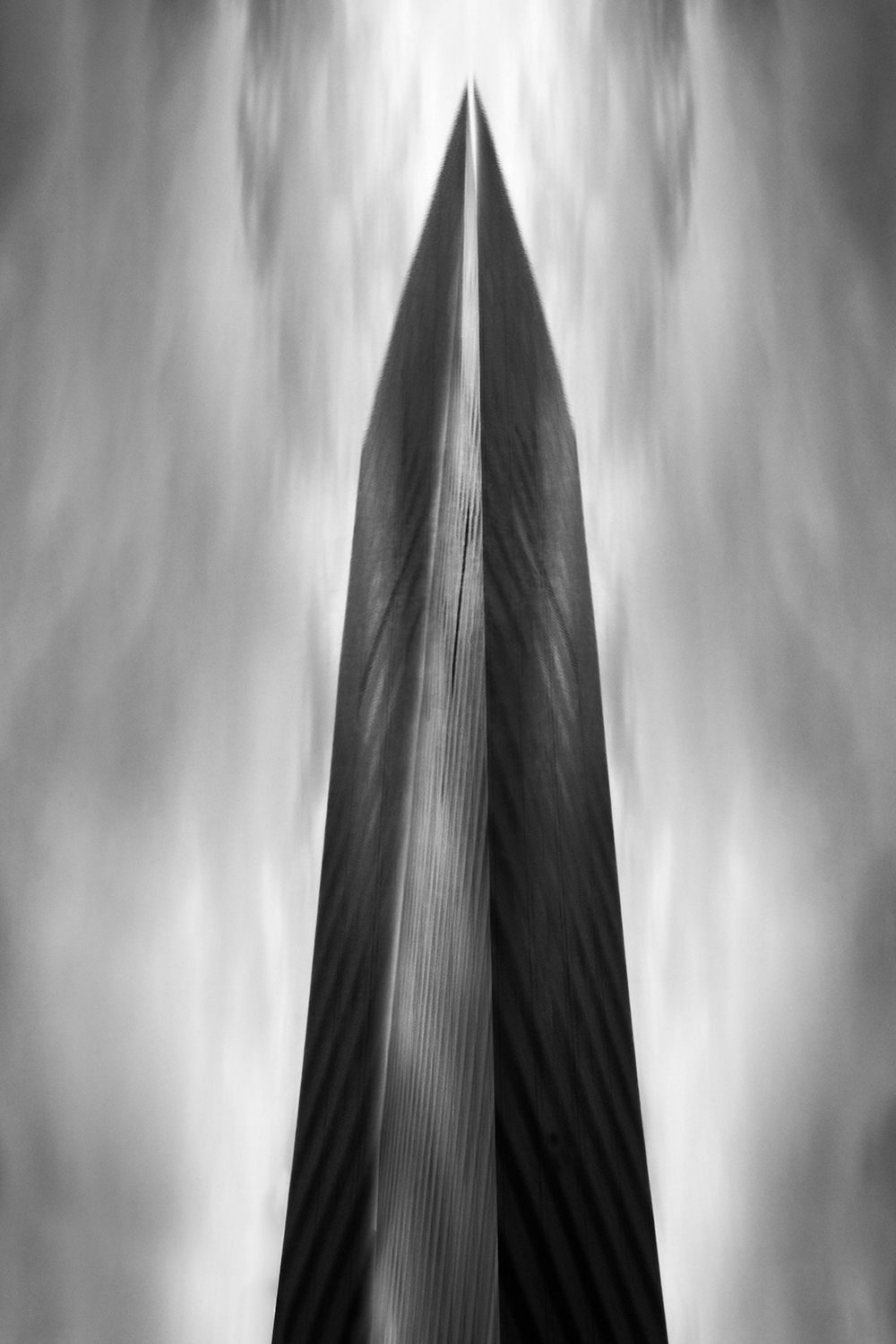
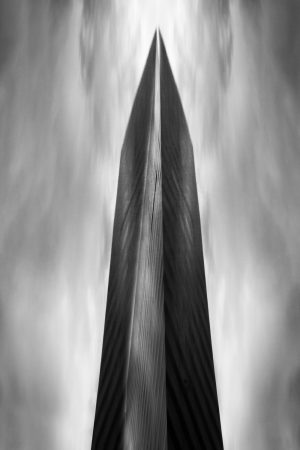
A funny thing happened in Omaha…well, not really.
I was photographing the sky scrapers of downtown Omaha, just as I had just done in Minneapolis and Des Moines, when a young security guard rode up and told me that they had observed me on the security cameras and that I couldn’t photograph the First National Bank building across the street. I had been through this scenario before and so I forcefully told him that I was on public property and that I was free to photograph the building. I could tell by the look on this poor guys face that he didn’t want to be in the middle of this and so I said “Look, it’s not personal, but I face this all of the time. I am on public property and I can photograph anything that I want. Go ahead and call it in, it’s okay.”
A few minutes later he looked up and said “she’s coming” and yes she was! A female supervisor was marching towards me with a lot of attitude and demanded to know what I was photographing. She then stood about 1 inch from my face and stood on my materials so that I couldn’t photograph, and insisted that I give up my camera so she could erase my images. The situation was quite comical because as I pointed out to her, I could call up hundreds of images of the same building using my iPhone. Because she would not let me photograph and wouldn’t allow me to me leave, I asked that she call the police to resolve the impasse.
I’ve been in this situation a number of times before both with the police and with private security guards and I’ve generally found the police to be polite and educated about our rights. Once I was stopped while photographing a bridge in Florida because it was adjacent to a Navy base, the officer requested some information and was polite and even apologetic. This was a positive experience.
However my experience with private security guards has not been so polite or positive. They seem to have been given strict orders about not letting people photograph their property but they seem to lack an understanding of the law and our rights. This can create a dangerous situation to your person, your images and to your equipment.
Some things that you can do are:
1. Know your rights. You can download a copy of “Photographer’s Rights” and carry it with you: http://www.krages.com/ThePhotographersRight.pdf
2. Be confident, firm and cooperative. Knowing your rights can help you be confident and firm, but you should also be cooperative and explain exactly what you’re doing; “I am a fine art photographer and I’m photographing…..” While an explanation is not generally required by law, there can be no harm in being cooperative.
3. Be polite. While you may be in the right, that rent-a-cop can still hurt you (oh mamma), delete your files or damage your equipment. So be polite and only bring out the attitude if it’s really needed.
4. Call the police. If your confrontation is with a private security guard and you cannot resolve the situation, one option is to call the police and hope that they will protect your rights. Of course it could go the other way and you may be detained until the issue is resolved.
In a post 911 world photographers are being scrutinized more than ever. I’ve noticed that certain pieces of equipment seem to draw attention: a large camera bag, long lenses and tripods. Whenever I’ve used a tripod on the Mall in DC I am questioned.
I do try to appreciate both sides of this issue, the police and private security guards have their orders and their intent is honest; to prevent future attacks. However we do have rights and it would be pretty difficult to be a photographer if you’re not allowed to photograph! So my best advice is to know your rights, keep your cool and be polite.
Cole
P.S. Regarding the impasse in Omaha; before the police arrived the supervisor received an urgent call and left me standing there. As I was leaving the police arrived and asked if I was okay, I said yes and left.
June 12, 2009
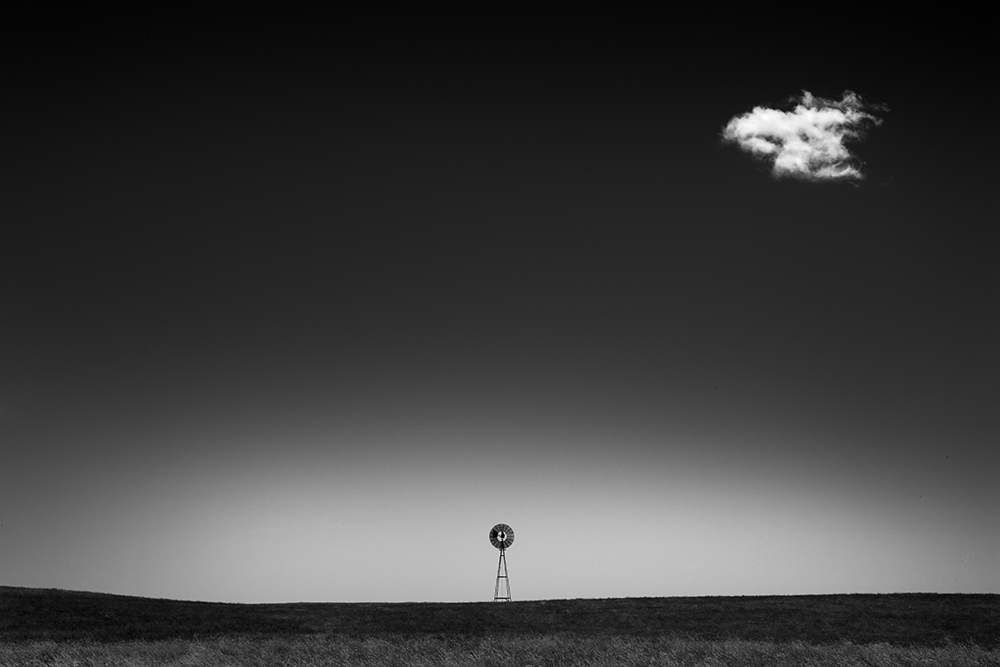
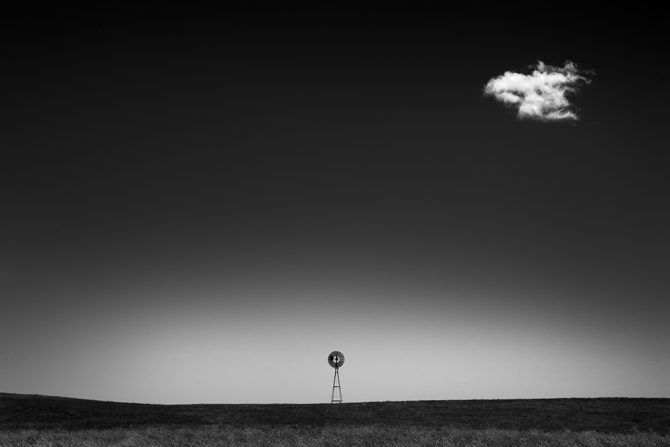
When I created my first Harbinger image, I broke the “centering” rule.
When I created the next and the next and the next, I centered them also. It just felt right.
But about a week ago I created the new image above, and decided not to center the cloud.
The definition of “harbinger” is:
\?här-b?n-j?r\ noun
That is exactly what I see when I create each Harbinger image, a foreshadowing of future events.
December 29, 2008

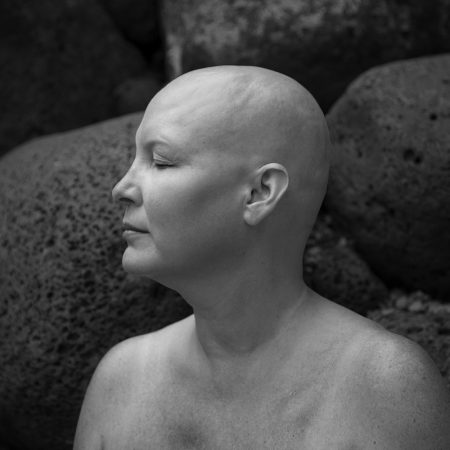
Why is there so much cancer around us? Is there really an increase in cancer rates or is it just talked about more? Is it safe to microwave plastic ware? Does organic food really help to prevent cancer?
I have so many friends, family members and associates with cancer that I ask myself these and many other questions. Yes, we’ve improved the treatments for cancer, but it so often seems to come back. Our treatments don’t seem to be addressing the root causes of the disease.
When I was a teen in 1971 we declared war on cancer, I think 20 years was the goal. It’s been almost 40 years now and the cure still seems to elude us.
I had the chance to photograph a friend who has cancer, had a mastectomy and is undergoing treatment. These photographs are about the human side of the disease.
This portfolio is entitled “Linnie, a Portrait of Cancer.”

November 16, 2008
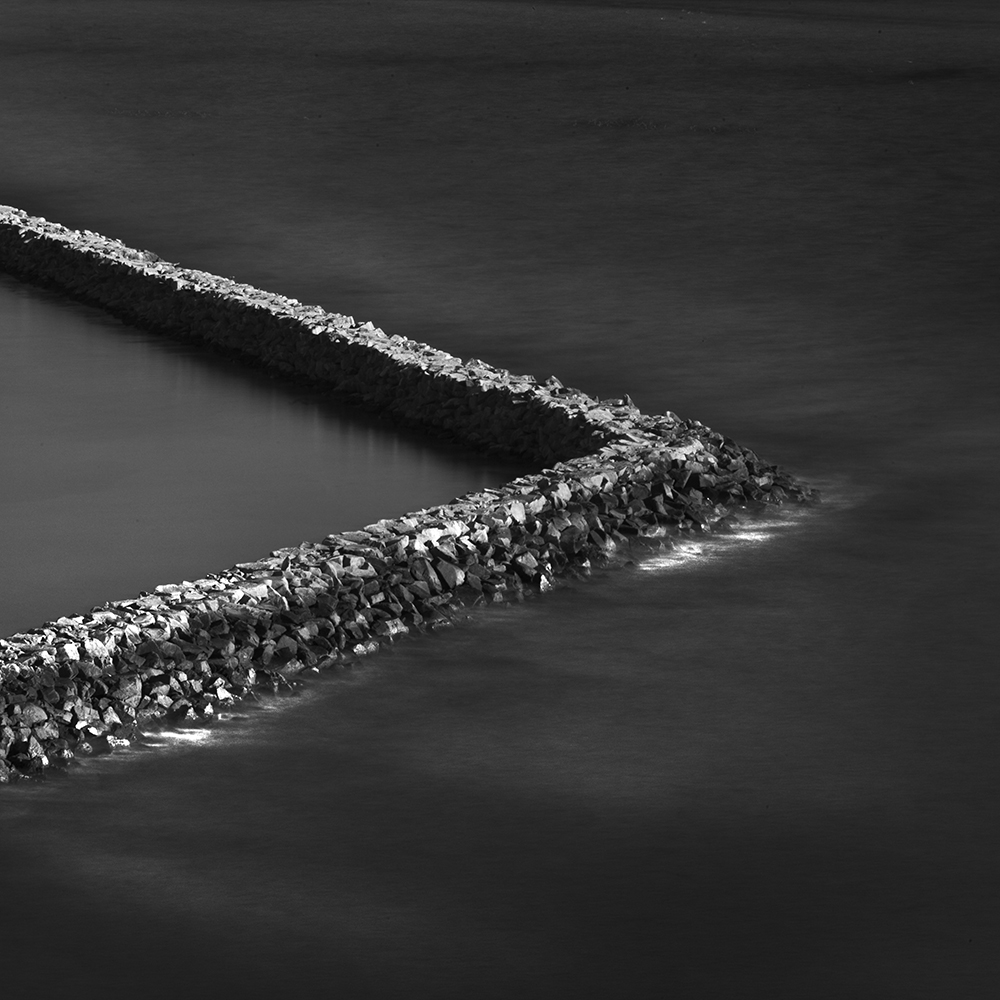

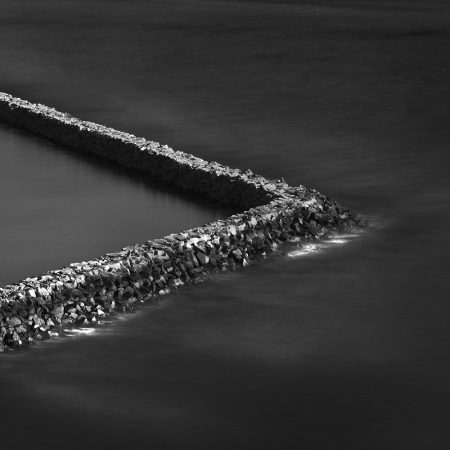
I’ve just returned from Orange County in California, my old stomping grounds, and have a few new images that I’ll be showing in my next newsletter. Here is one entitled “Safe Harbor.”
It was taken at the Dana Point harbor and I was pondering the difference in the sea on one side of the wall compared to the other. One is calm and the other turbulent.
It made me think of the walls we put up in our lives, and wondering if they really provide calm or they are just a way to avoid certain things.
Cole
